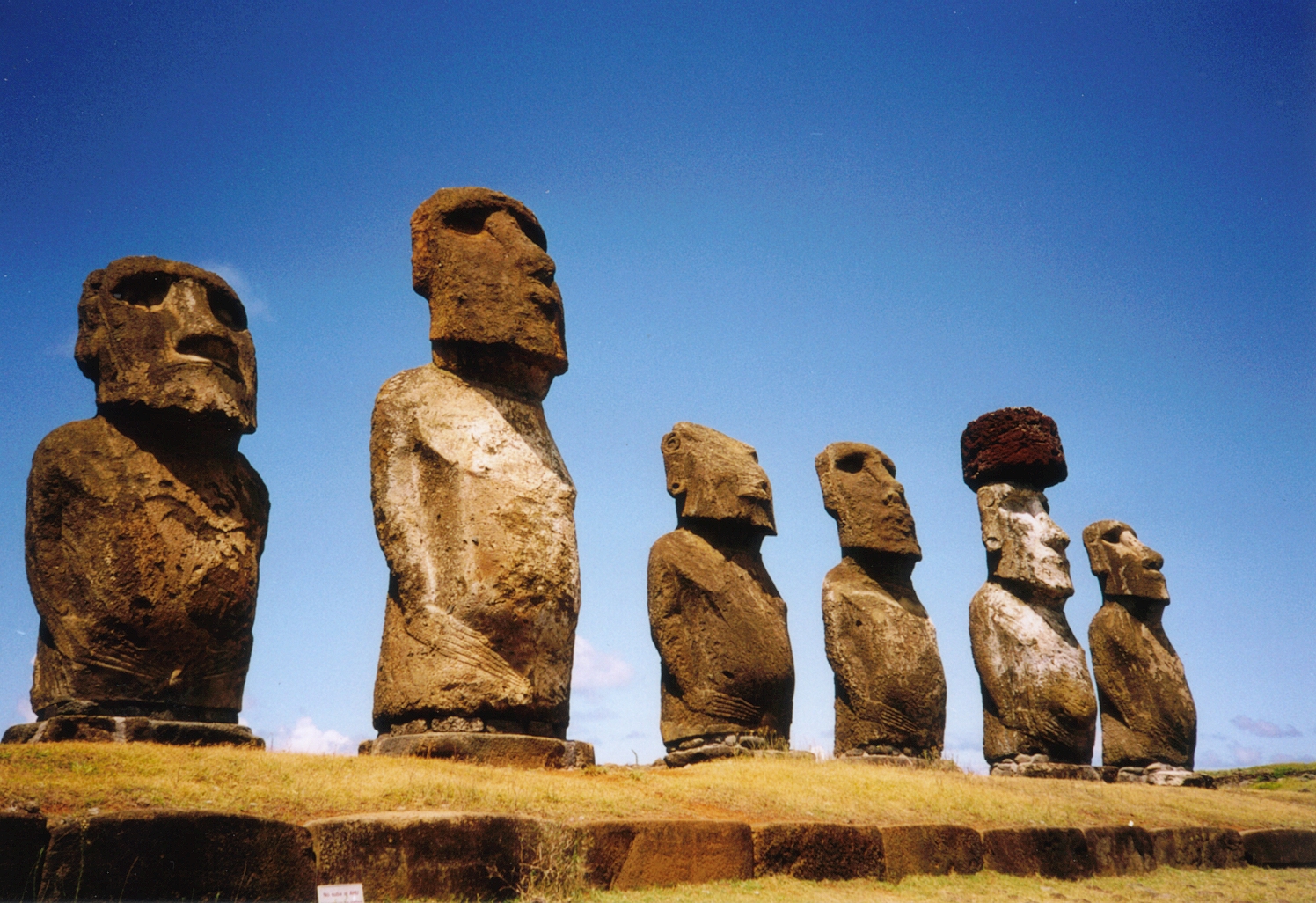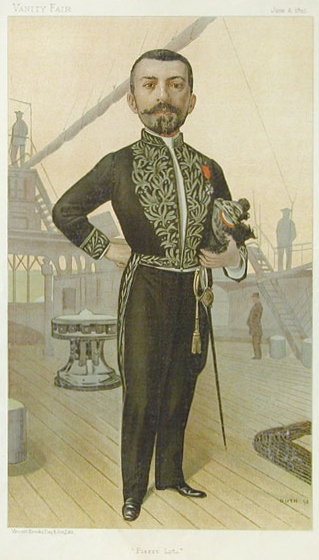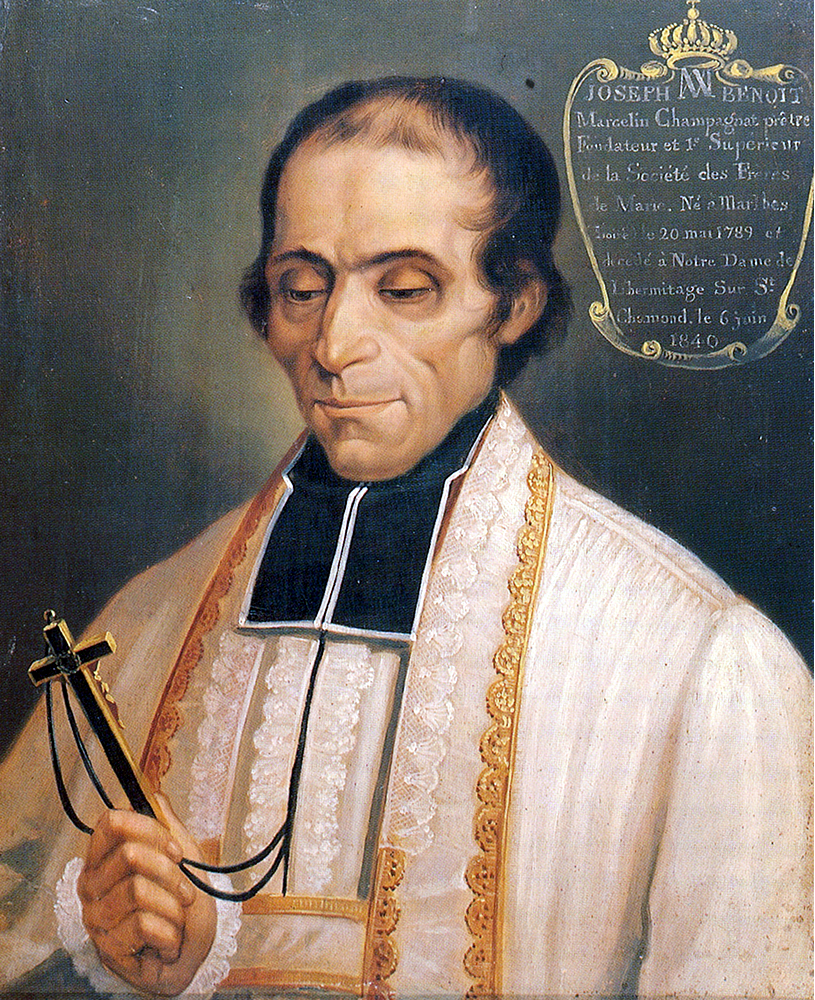|
François-Théodore De Lapelin
François-Théodore de Lapelin (11 December 1812 – 12 January 1888) was a French naval officer who rose to the rank of Rear admiral. He was Governor of Martinique from 1864 to 1867. Life Early years (1812–41) François-Théodore de Lapelin was born on 11 December 1812 in Buxières-sous-Montaigut, Puy-de-Dôme. His parents were Jean Baptiste Augustin de Lapelin (born 1771) and Anne Thérèze Delagrange. His father was a Knight of the Order of Saint Louis and head of a cavalry squadron. François-Théodore was the youngest of three boys. He joined the navy, became an ''Aspirant'' (midshipman) 2nd class on 17 October 1829, and was promoted to ''Aspirant'' 1st class on 16 July 1831. He served in Brazil, the Mediterranean and North Africa. He was promoted to ''Enseigne de vaisseau'' (Ensign (rank), Ensign) on 6 January 1834. Lieutenant and Captain (1841–69) De Lapelin was promoted to ''Lieutenant de vaisseau'' (Ship-of-the-line lieutenant) on 6 December 1841. In the 1840s he was ... [...More Info...] [...Related Items...] OR: [Wikipedia] [Google] [Baidu] |
List Of Colonial And Departmental Heads Of Martinique
(Dates in italics indicate ''de facto'' continuation of office) Ancien regime and First Republic (1635-1794) British occupation (1794–1814) Restoration, Second Republic, Second Empire (1814–70) Third Republic (1870–1940) Fourth and Fifth Republics (1945-present) See also *Martinique *Politics of Martinique External linksWorld Statesmen - Martinique References [...More Info...] [...Related Items...] OR: [Wikipedia] [Google] [Baidu] |
Ship-of-the-line Captain
Captain is the name most often given in English-speaking navies to the rank corresponding to command of the largest ships. The rank is equal to the army rank of colonel and air force rank of group captain. Equivalent ranks worldwide include ship-of-the-line captain (e.g. France, Argentina, Spain), captain of sea and war (e.g. Brazil, Portugal), captain at sea (e.g. Germany, Netherlands) and " captain of the first rank" (Russia). The NATO rank code is OF-5, although the United States of America uses the code O-6 for the equivalent rank (as it does for all OF-5 ranks). Four of the uniformed services of the United States — the United States Navy, United States Coast Guard, United States Public Health Service Commissioned Corps, and National Oceanic and Atmospheric Administration Commissioned Officer Corps — use the rank. Etiquette Any naval officer who commands a ship is addressed by naval custom as "captain" while aboard in command, regardless of their actual rank, even ... [...More Info...] [...Related Items...] OR: [Wikipedia] [Google] [Baidu] |
Charles De Dompierre D'Hornoy
Charles de Dompierre d'Hornoy (; 24 February 1816, in Hornoy-le-Bourg Hornoy-le-Bourg () is a commune in the Somme department in Hauts-de-France in northern France. Geography The commune is situated at the junction of the D18 and D211 roads, some southwest of Amiens. It is the second largest commune of the Som ... – 21 March 1901, in Paris) was a French admiral, politician and naval minister. References {{DEFAULTSORT:Dompierre D'Hornoy, Charles De Naval ministers of France French Navy admirals 1816 births 1901 deaths Senators of Somme (department) ... [...More Info...] [...Related Items...] OR: [Wikipedia] [Google] [Baidu] |
Alphonse Pinart
Alphonse Louis Pinart (26 February 1852 — 13 February 1911) was a French scholar, linguist, ethnologist and collector, specialist on the American continent. He studied the civilizations of the New World in the manner of the pioneers of the time, mixing the empirical observation of anthropological, ethnological and linguistic elements. The son of a wealthy forge master, a learned young man who had learned English, Russian and some Asian linguistics with Stanislas Julien, he was fascinated by the age of 15 for the question of the origin of the Amerindians and Inuit. He spent the fortune of his family and his two wives in the exploration of America and the purchase of objects and books related to his interests, which he made enjoy many museums and collections, starting with the Ethnographic Museum of Trocadero which he was the first donor, and the castle museum Boulogne-sur-Mer in his native region. Biography The meeting of the Abbé Brasseur de Bourbourg at the International Ex ... [...More Info...] [...Related Items...] OR: [Wikipedia] [Google] [Baidu] |
Smallpox
Smallpox was an infectious disease caused by variola virus (often called smallpox virus) which belongs to the genus Orthopoxvirus. The last naturally occurring case was diagnosed in October 1977, and the World Health Organization (WHO) certified the global eradication of the disease in 1980, making it the only human disease to be eradicated. The initial symptoms of the disease included fever and vomiting. This was followed by formation of ulcers in the mouth and a skin rash. Over a number of days, the skin rash turned into the characteristic fluid-filled blisters with a dent in the center. The bumps then scabbed over and fell off, leaving scars. The disease was spread between people or via contaminated objects. Prevention was achieved mainly through the smallpox vaccine. Once the disease had developed, certain antiviral medication may have helped. The risk of death was about 30%, with higher rates among babies. Often, those who survived had extensive scarring of their ... [...More Info...] [...Related Items...] OR: [Wikipedia] [Google] [Baidu] |
Moai
Moai or moʻai ( ; es, moái; rap, moʻai, , statue) are monolithic human figures carved by the Rapa Nui people on Easter Island, Rapa Nui in eastern Polynesia between the years 1250 and 1500. Nearly half are still at Rano Raraku, the main moai quarry, but hundreds were transported from there and set on stone platforms called Ahu (Easter Island), ahu around the island's perimeter. Almost all moai have overly large heads, which comprise three-eighths the size of the whole statue - which has no legs. The moai are chiefly the living faces (''aringa ora'') of deified ancestors (''aringa ora ata tepuna''). The statues still gazed inland across their clan lands History of Easter Island#European contacts, when Europeans first visited the island in 1722, but all of them had fallen by the latter part of the 19th century. The moai were toppled in the late 18th and early 19th centuries, possibly as a result of European contact or endemic warfare, internecine tribal wars. The production a ... [...More Info...] [...Related Items...] OR: [Wikipedia] [Google] [Baidu] |
Pierre Loti
Pierre Loti (; pseudonym of Louis Marie-Julien Viaud ; 14 January 1850 – 10 June 1923) was a French naval officer and novelist, known for his exotic novels and short stories.This article is derived largely from the ''Encyclopædia Britannica Eleventh Edition'' (1911) article "Pierre Loti" by Edmund Gosse. Unless otherwise referenced, it is the source used throughout, with citations made for specific quotes by Gosse. Biography Born to a Protestant family, Loti's education began in his birthplace, Rochefort, Charente-Maritime. At age 17 he entered the naval school in Brest and studied at Le Borda. He gradually rose in his profession, attaining the rank of captain in 1906. In January 1910 he went on the reserve list. He was in the habit of claiming that he never read books, saying to the Académie française on the day of his introduction (7 April 1892), "''Loti ne sait pas lire''" ("Loti doesn't know how to read"), but testimony from friends proves otherwise, as does his libra ... [...More Info...] [...Related Items...] OR: [Wikipedia] [Google] [Baidu] |
Easter Island
Easter Island ( rap, Rapa Nui; es, Isla de Pascua) is an island and special territory of Chile in the southeastern Pacific Ocean, at the southeasternmost point of the Polynesian Triangle in Oceania. The island is most famous for its nearly 1,000 extant monumental statues, called ''moai'', which were created by the early Rapa Nui people. In 1995, UNESCO named Easter Island a World Heritage Site, with much of the island protected within Rapa Nui National Park. Experts disagree on when the island's Polynesian inhabitants first reached the island. While many in the research community cited evidence that they arrived around the year 800, there is compelling evidence presented in a 2007 study that places their arrival closer to 1200. The inhabitants created a thriving and industrious culture, as evidenced by the island's numerous enormous stone ''moai'' and other artifacts. However, land clearing for cultivation and the introduction of the Polynesian rat led to gradual deforest ... [...More Info...] [...Related Items...] OR: [Wikipedia] [Google] [Baidu] |
Marist Brothers
The Marist Brothers of the Schools, commonly known as simply the Marist Brothers, is an international community of Catholic religious institute of brothers. In 1817, St. Marcellin Champagnat, a Marist priest from France, founded the Marist Brothers with the goal of educating young people, especially those most neglected. While most of the brothers minister in school settings, others work with young people in parishes, religious retreats and spiritual accompaniment, at-risk youth settings, young adult ministry and overseas missions. History St. Marcellin Champagnat decided to start an institute of consecrated brothers in the Marist tradition, building schools for the underprivileged where they might learn to become "Good Christians and Good people". The decision was inspired by an event, when as a parish priest he was called to administer the last rites to a dying boy named Jean Baptiste Montagne. Trying to lead the boy through his last moments in prayer, Marcellin was struck by t ... [...More Info...] [...Related Items...] OR: [Wikipedia] [Google] [Baidu] |
Georges Charles Cloué
Georges Charles Cloué (20 August 1817 in Paris – 25 December 1889 in Paris) was a French naval officer, colonial administrator and politician. He rose to the rank of vice admiral and took part in the French intervention in Mexico. He then became governor of Martinique from 30 August 1871 to 1874. He was Minister for the Navy and the Colonies from 23 September 1880 to 13 November 1881 in Jules Ferry's first ministry. Rue de l'Amiral-Cloué in the 16th arrondissement of Paris The 16th arrondissement of Paris (''XVIe arrondissement'') is one of the 20 arrondissements of the capital city of France. In spoken French, this arrondissement is referred to as ''seizième''. The arrondissement includes part of the Arc de T ... is named after him. Sources *http://www.ucs.mun.ca/~mwilks/trefeu3.htm External links * {{DEFAULTSORT:Cloue, Georges 1817 births 1889 deaths Politicians from Paris French Naval Ministers French Governors of Martinique French Navy admirals ... [...More Info...] [...Related Items...] OR: [Wikipedia] [Google] [Baidu] |
Louis Auguste Bertier
Charles Pierre Bertier (25 July 1821 – 29 January 1882) was a French lawyer, magistrate, director of the ''Courrier des Alpes'', Master of Requests to the Council of State and Governor of Martinique from 1867 to 1869. He is known for the role he played in defining the terms under which Savoy was annexed to France in 1860. Life Early years Charles Pierre Bertier was born on 25 July 1821 in Aix-les-Bains, Savoy. He became an attorney in Chambéry. He was made a magistrate, but was dismissed in 1855. Bertier then became director of the ''Courrier des Alpes''. In 1858 three newspapers were published in Savoy, all in French. The leading paper was the ''Courrier de Alpes'', edited by Bertier, a talented writer. It supported the monarchy and the church. The ''Gazette de Savoie'' gave the government position and defended the policies of the Premier, the Count of Cavour. The ''Progrès'' espoused democratic ideals. It struggled in a region where there was strong support for individual ... [...More Info...] [...Related Items...] OR: [Wikipedia] [Google] [Baidu] |





